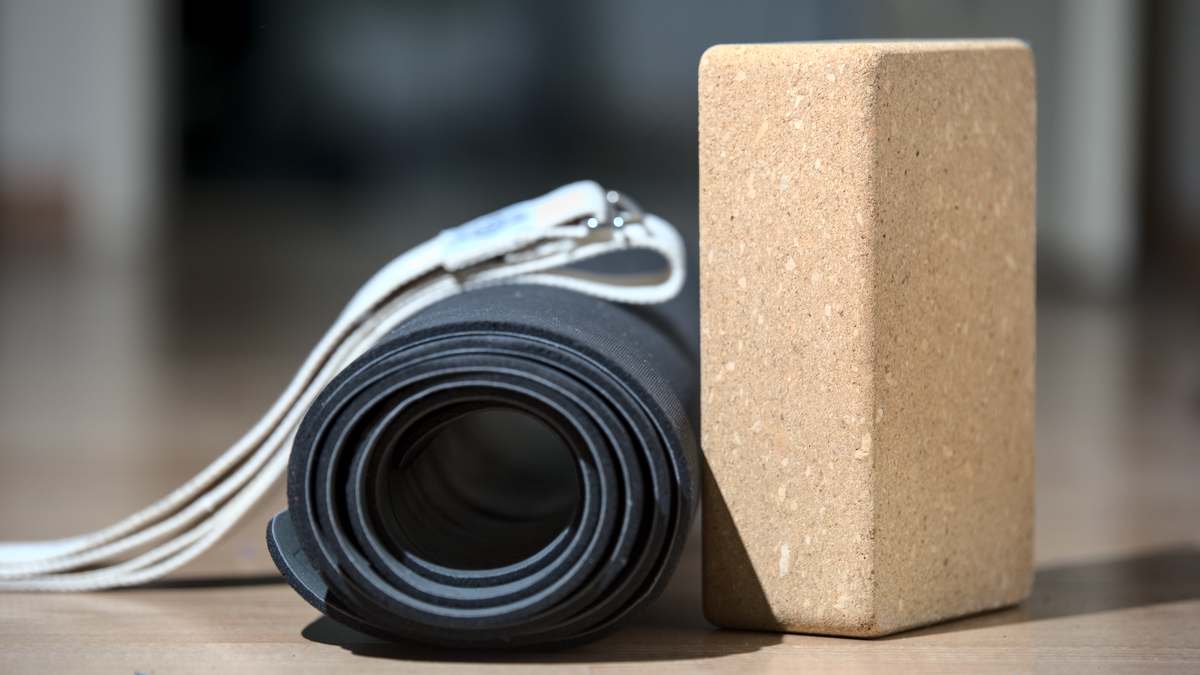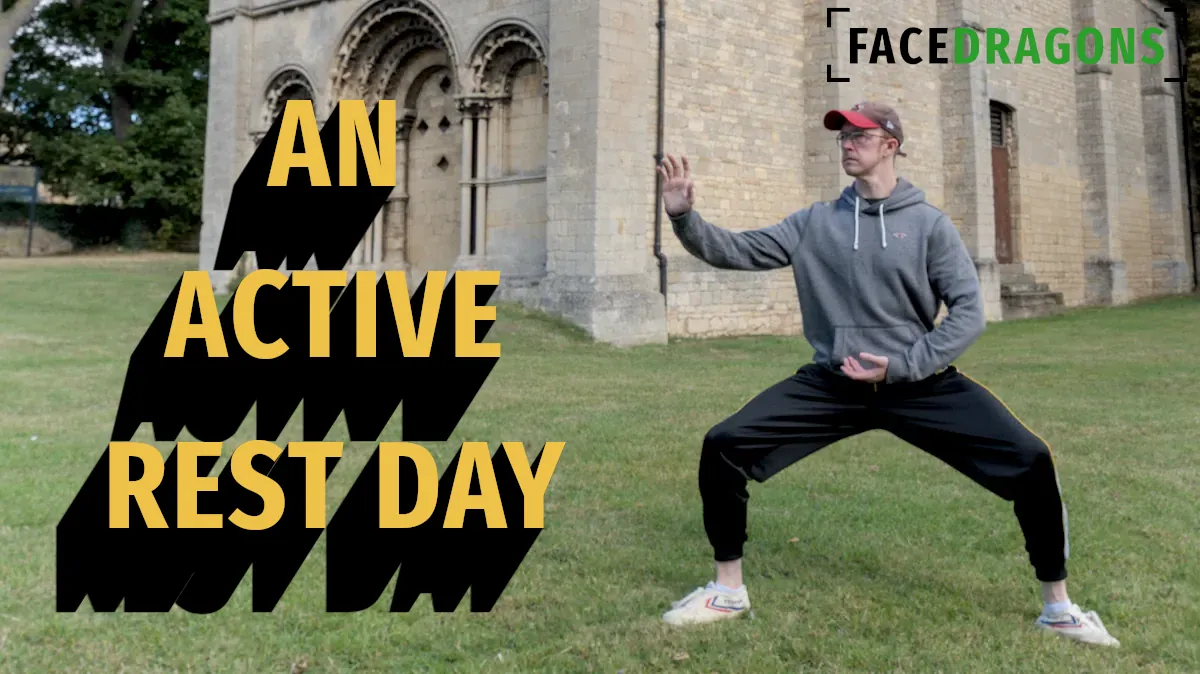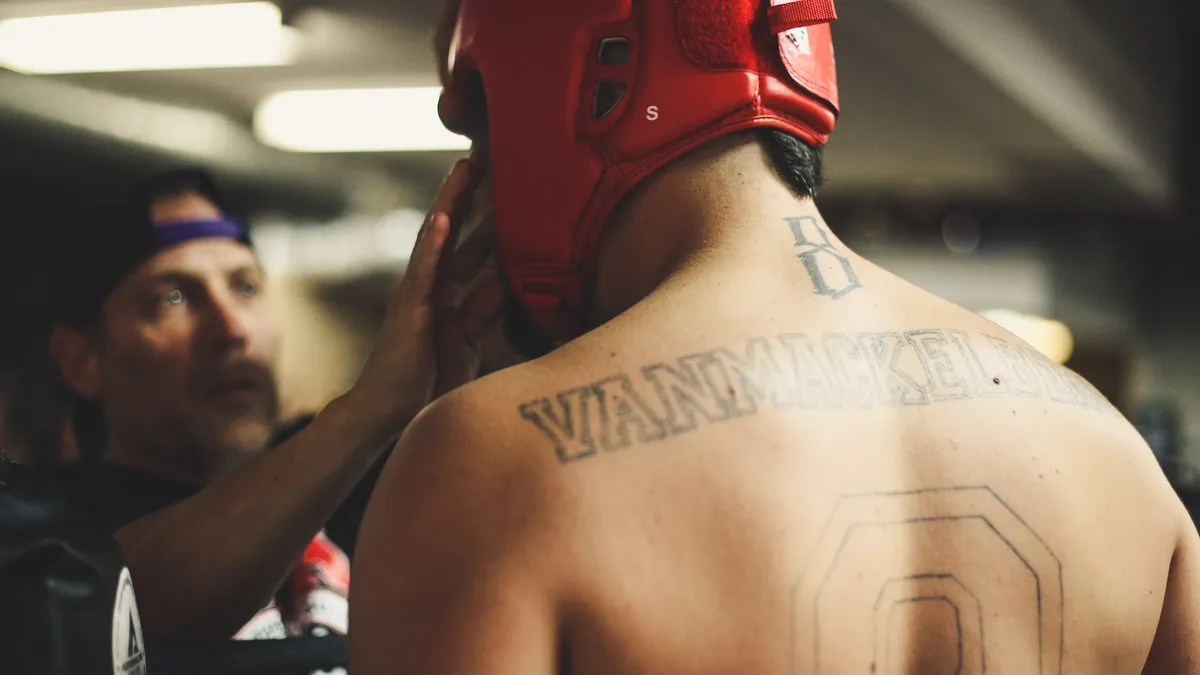Martial arts training is a real way to face dragons, and not only metaphorical ones! But before you enroll in a martial arts school or start the journey towards black belt, you must wonder which is the best martial art for self-defense. From traditional martial arts to modern fighting styles, today, we rank and rate martial arts for their self-defense skills.
Self-defense isn’t the only thing you should consider when choosing a martial art, which is why you must read my advice on “Which martial art should I learn.”
Ranking Factors
- Realistic Training – Do students regularly face high-pressure, realistic situations with aggressive or armed assailants?
- Sparring & Competition – Are there accessible full-contact competitions, and do students have the opportunity to spar in class?
- Multiple Attackers – Is the style suitable for defending yourself against multiple attackers?
- Limited by Ruleset – Are there strict rules to limit dangerous attacks that may be useful in self-defense?
- Complete Skillset – Does the style combine standing and groundwork, throws and takedowns, and even weapons?
Which of These Martial Arts Is Best For Self Defense
- Ranking Factors
- Aikido
- Boxing
- Brazilian Jiu-Jitsu (BJJ)
- Capoeira
- Escrima
- Jeet Kune Do (JKD)
- Judo
- Karate
- Kickboxing
- Krav Maga
- Mixed Martial Arts (MMA)
- Muay Thai
- Sambo & Systema
- Shaolin Kung Fu
- Taekwondo
- Tai Chi Chuan (Taiji or Taijiquan)
- Wing Chun
- Wrestling
- Wu Shu
- The Best Martial Art for Self Defense Is… The Final Rankings
Aikido
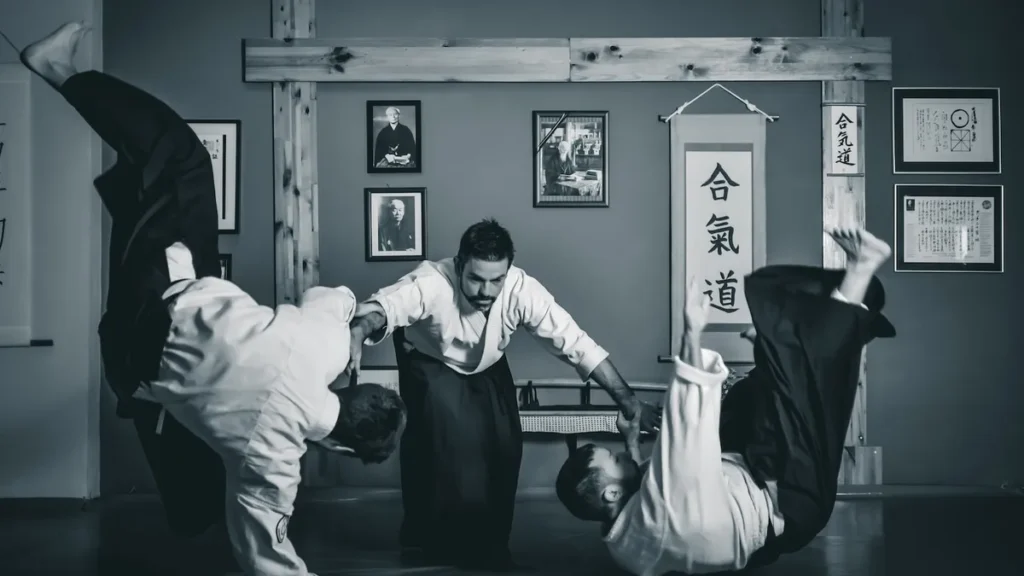
| Ranking Factor | Score |
|---|---|
| Realistic Training | ✱ |
| Sparring & Competition | ✱✱ |
| Mulitple Attackers | ✱✱ |
| Limiting Ruleset | ✱ |
| Complete Skillset | ✱ |
Aikido Score
7/25
Aikido diverged from Jujutsu (Japanese Jiu-jitsu) in the 1920s, focusing on self-defense without injuring the opponent. Most Aikido techniques are joint locks and throws designed to control the attacker without doing lasting damage. However, Aikido has been criticized heavily by other martial artists who say that Aikido is ineffective against unwilling opponents.
Over time, the creator of Aikido, Morihei Ueshiba, deemphasized the martial aspects of the art in favor of more spiritual practices. However, some newer styles, such as Shodokan Aikido, responded to these criticisms by reviving the older combat techniques and holding Aikido competitions. These schools, however, are not common.
Boxing
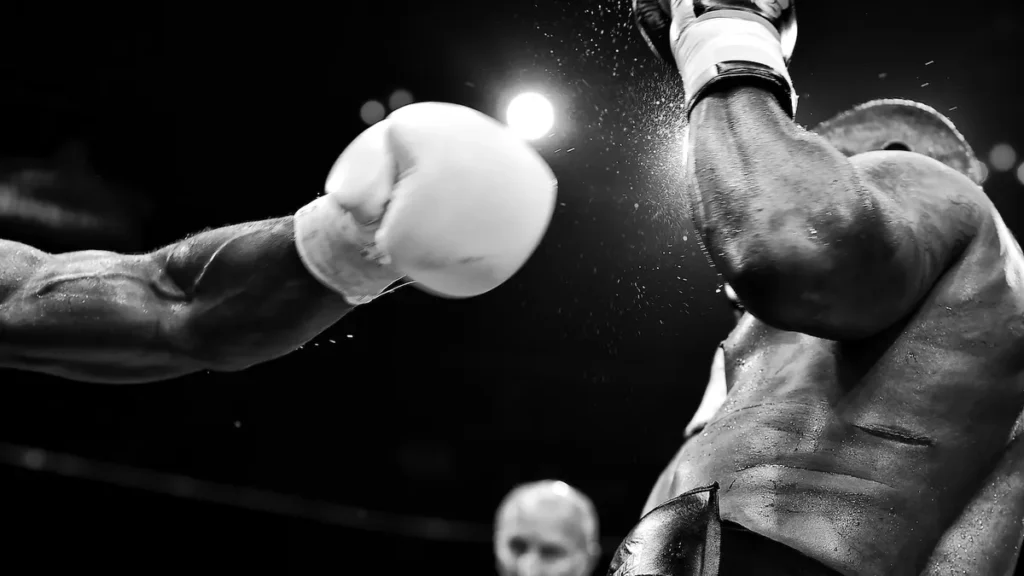
| Ranking Factor | Score |
|---|---|
| Realistic Training | ✱✱✱✱ |
| Sparring & Competition | ✱✱✱✱✱ |
| Mulitple Attackers | ✱✱✱ |
| Limiting Ruleset | ✱✱ |
| Complete Skillset | ✱ |
Boxing Score
15/25
Everyone has seen some boxing, so you likely have a better idea of what you get if you learn how to box. Learning boxing will give you a strong skillset you can use in a self-defense situation. However, there are big holes in the boxing game. Boxers are vulnerable to leg kicks and wrestling, and if the fight ends up on the floor, most boxers are entirely helpless. Check out this early UFC fight, for example.
However, boxing really is an excellent martial art to learn to defend yourself in a street fight situation. It focuses on distance, evasion, and landing punches, all of which are fantastic fundamental elements of self-defense.
Brazilian Jiu-Jitsu (BJJ)
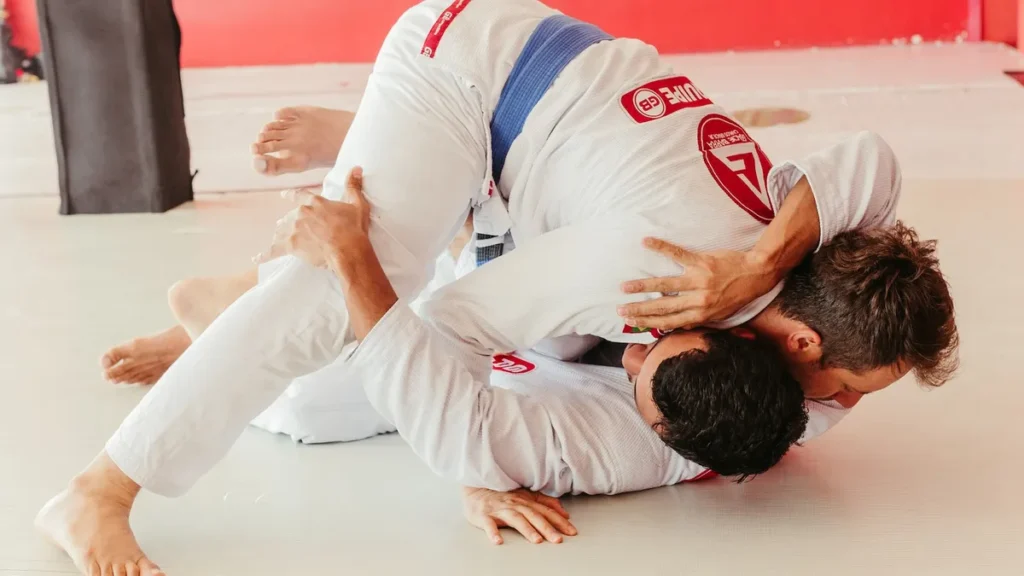
| Ranking Factor | Score |
|---|---|
| Realistic Training | ✱✱✱ |
| Sparring & Competition | ✱✱✱✱✱ |
| Mulitple Attackers | ✱✱ |
| Limiting Ruleset | ✱✱✱ |
| Complete Skillset | ✱ |
BJJ Score
14/25
Brazilian Jiu-Jitsu developed when Julio Gracie brought Japanese jujutsu back to his home country, making it more effective for competitions there. Then, after Royce Gracie showed the world how effective it was by defeating all comers in the early UFC, BJJ exploded in popularity. As a result, MMA fighters see it as a requirement of any fighter’s skill set.
But BJJ isn’t a complete martial arts system; its focus on ground fighting leaves practitioners weak when trading strikes on the feet. As a result, hand strikes, kicks, and even takedowns aren’t regularly practiced by most jiu-jitsu schools today.
Capoeira
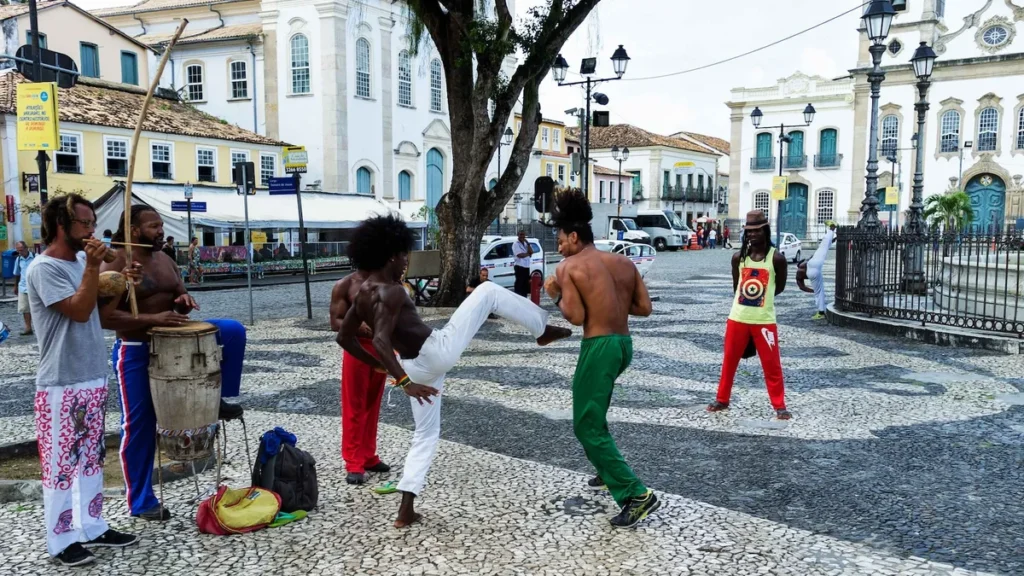
| Ranking Factor | Score |
|---|---|
| Realistic Training | ✱ |
| Sparring & Competition | ✱✱✱ |
| Mulitple Attackers | ✱✱✱ |
| Limiting Ruleset | ✱ |
| Complete Skillset | ✱✱ |
Capoeira Score
10/25
Capoeira is a martial art developed by African slaves in Brazil. Unable to openly practice martial arts, they hid the martial intent of their actions within a dance. Today Capoeira has two main branches or styles, Angola – is a slower, more traditional art form. And regional Capoeira, a more modern creation starting in the 1920s, often looks more aggressive and acrobatic to those outside the circle.
Within Brazil
In The Little Capoeira Book by Nestor Capoeira, scenes are described where money is thrown into the center of the circle, and capoeiristas would fight to take it home. Occasionally even knives were put in the center of the ring, seriously testing the strength of Capoeira as a self-defense martial art. Today, however, Capoeria is rarely trained with fighting in mind; sparring is typical, but even this is usually non-contact.
Escrima
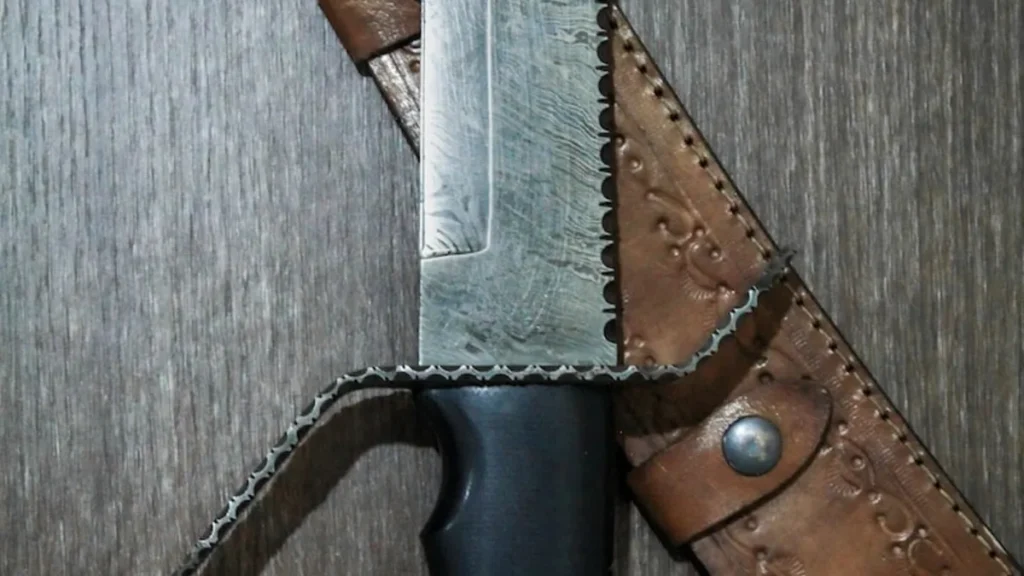
| Ranking Factor | Score |
|---|---|
| Realistic Training | ✱✱✱✱ |
| Sparring & Competition | ✱✱✱ |
| Mulitple Attackers | ✱✱✱✱ |
| Limiting Ruleset | ✱✱✱✱ |
| Complete Skillset | ✱ |
Escrima Score
16/25
Escrima, or Kali, or Arnis, as it’s also called, is the martial art of the Philippines. The Philippines is said to have a knife culture, where farmers, workers, etc., take pride in carrying a knife because it is a sign that they are working and earning money. Of course, this leads to much knife crime.
Escrima is a martial art designed to perfect knife fighting skills, although blunt weapons, such as sticks, are also used. Being a skilled knife fighter will undoubtedly be a considerable advantage in self-defense. However, there are serious legal issues to consider, depending on the laws surrounding carrying blades in your country. Because of this, escrima is often not practiced as a fighting art, and classes often involve premade routines that students practice rather than putting themselves in actual combat simulation.
Jeet Kune Do (JKD)
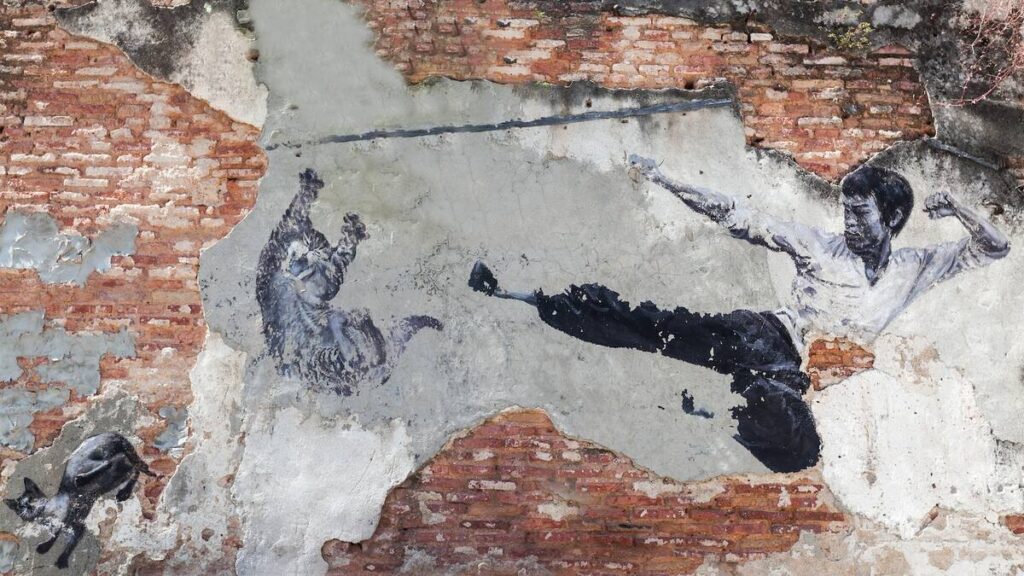
| Ranking Factor | Score |
|---|---|
| Realistic Training | ✱✱✱ |
| Sparring & Competition | ✱✱✱ |
| Mulitple Attackers | ✱✱✱ |
| Limiting Ruleset | ✱✱✱ |
| Complete Skillset | ✱✱✱ |
Jeet Kune Do Score
15/25
Jeet Kune Do is the martial art that Bruce Lee never wanted to create. He said he only gave it a name so people would have something to call it. But really, jeet kune do was meant to be a martial art of efficiency.
“Absorb what is useful, discard what is useless and add what is specifically your own.”
Bruce Lee
However, after Bruce Lee’s death, some of his students, such as Dan Inosanto and Taky Kimura, started teaching “Bruce Lee’s Jeet Kune Do,” effectively stylizing Bruce’s non-style. Today jeet kune do combines wing chun trapping techniques mixed with some kicks and kickboxing-style sparring, which are all practical self-defense skills.
Judo
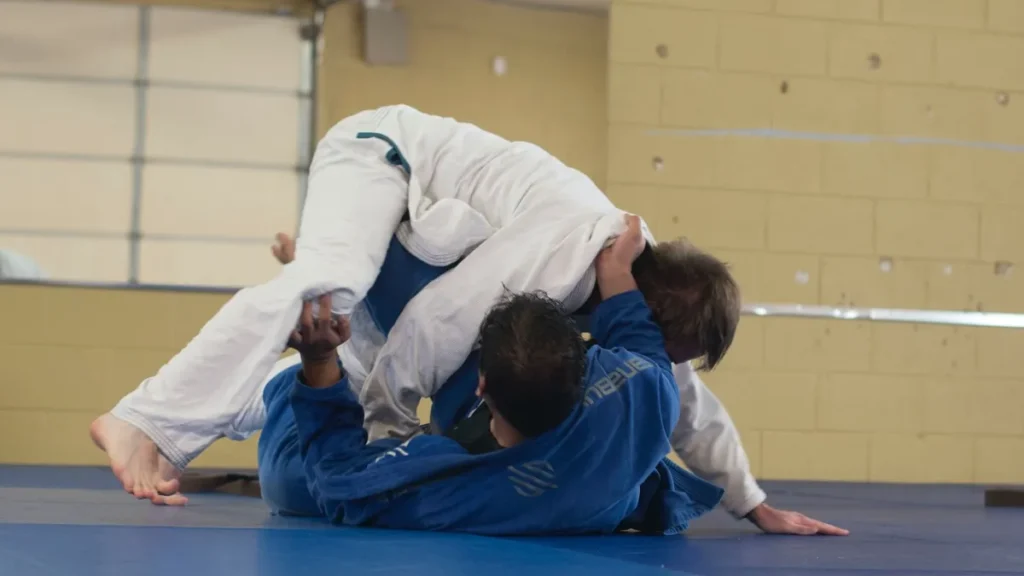
| Ranking Factor | Score |
|---|---|
| Realistic Training | ✱✱✱ |
| Sparring & Competition | ✱✱✱✱✱ |
| Mulitple Attackers | ✱ |
| Limiting Ruleset | ✱✱ |
| Complete Skillset | ✱✱ |
Judo Score
13/25
First appearing as an Olympic sport in 1964, Judo is one of the most popular martial arts of all time. With a focus on throws and submissions rather than strikes, Judo is unique as a self-defense art.
Due to its popularity, judokas (or judo players) can compete regularly and hone their skills through competition. Sparring is also common during training because injuries are much less likely than in martial arts utilizing punches and kicks. Don’t be fooled that the “soft way,” which is the meaning of Judo, cannot deliver devastating or fight-ending attacks; after being thrown or slammed onto concrete, would you want to continue fighting?
Karate

| Ranking Factor | Score |
|---|---|
| Realistic Training | ✱✱✱ |
| Sparring & Competition | ✱✱✱✱ |
| Mulitple Attackers | ✱✱✱ |
| Limiting Ruleset | ✱ |
| Complete Skillset | ✱✱ |
Karate Score
13/25
Karate is another martial art hailing from the islands of Japan, this time the old kingdom of Ryukyu. It wasn’t until the 1920s that the “way of the empty hand” or karate-do was named. The art developed as a defensive art, hence the lack of weapons or “empty hand.” Local fighting techniques were combined with Chinese kung fu styles from Fujian, such as White Crane Kung Fu, to create this distinctive martial art and the debate of Karate vs. Kung Fu.
Karate is widespread, and training often involves sparring and competition, so practitioners get to test out their skills in combat-like situations. However, as a sport, karate has a strict ruleset, and fighters only ever compete standing up.
Kickboxing
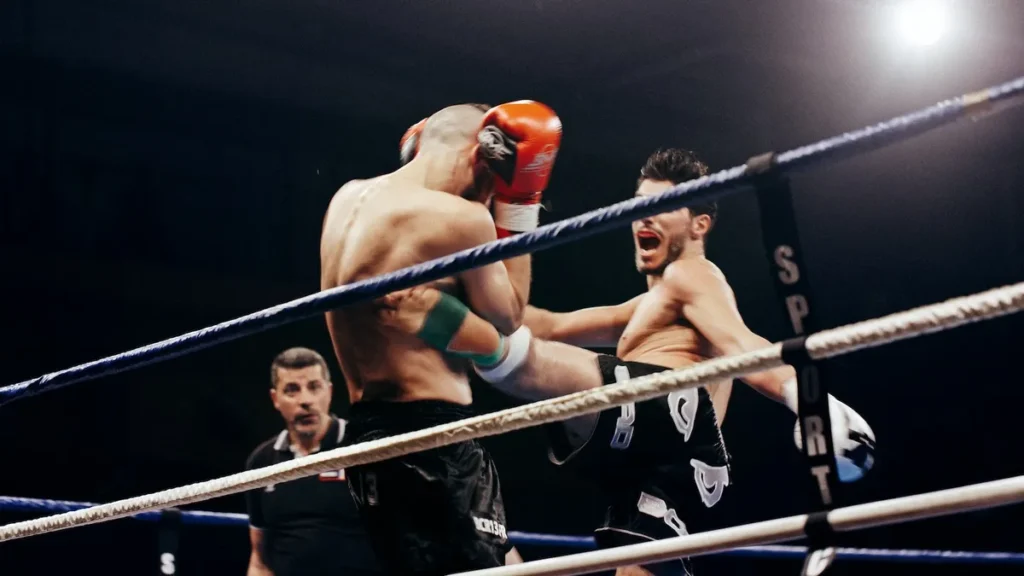
| Ranking Factor | Score |
|---|---|
| Realistic Training | ✱✱✱ |
| Sparring & Competition | ✱✱✱✱ |
| Mulitple Attackers | ✱✱✱ |
| Limiting Ruleset | ✱ |
| Complete Skillset | ✱✱ |
Kickboxing Score
13/25
Although there are different styles of kickboxing, such as sanda and muay thai, and various rulesets like k1, American Kickboxing, etc., the forms that developed in the West from the 1970s all have their roots in a mix of karate and boxing. These styles all employ boxing-style punches with the addition of kicks. Elbows, knees, and throws are rarely allowed in these rulesets.
The relatively simple style, combined with the focus on sparring and competition, makes kickboxing an excellent option for self-defense. Staying on the feet and the fast movement employed by kickboxers also make it more valuable than many martial arts when defending yourself against multiple attackers.
Krav Maga
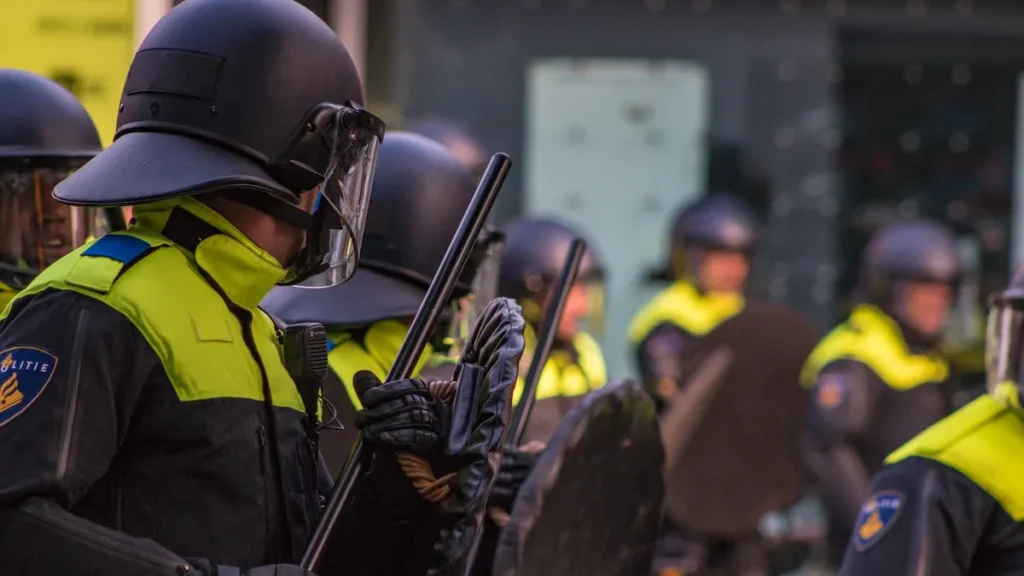
| Ranking Factor | Score |
|---|---|
| Realistic Training | ✱✱✱✱✱ |
| Sparring & Competition | ✱✱ |
| Mulitple Attackers | ✱✱✱✱ |
| Limiting Ruleset | ✱✱✱✱✱ |
| Complete Skillset | ✱✱✱✱ |
Krav Maga Score
20/25
Krav Maga is the martial art of the Israeli military. Various arms of Isreal’s military and special forces still learn this martial art for combat in real-world situations. However, the efficiency and effectiveness have made it popular among civilians within Isreal and worldwide.
Krav Maga focuses on finishing a fight as quickly as possible. It employs a few methods to do this:
- Simple, repeatable strikes
- Attack first or counter immediately
- simultaneous defense and attack
- Attack vulnerable targets such as the eyes, neck, groin, etc.
- Develop aggression
Krav Maga’s use and development in real-life or death combat makes it a good contender for one of the best martial arts for self-defense.
Mixed Martial Arts (MMA)
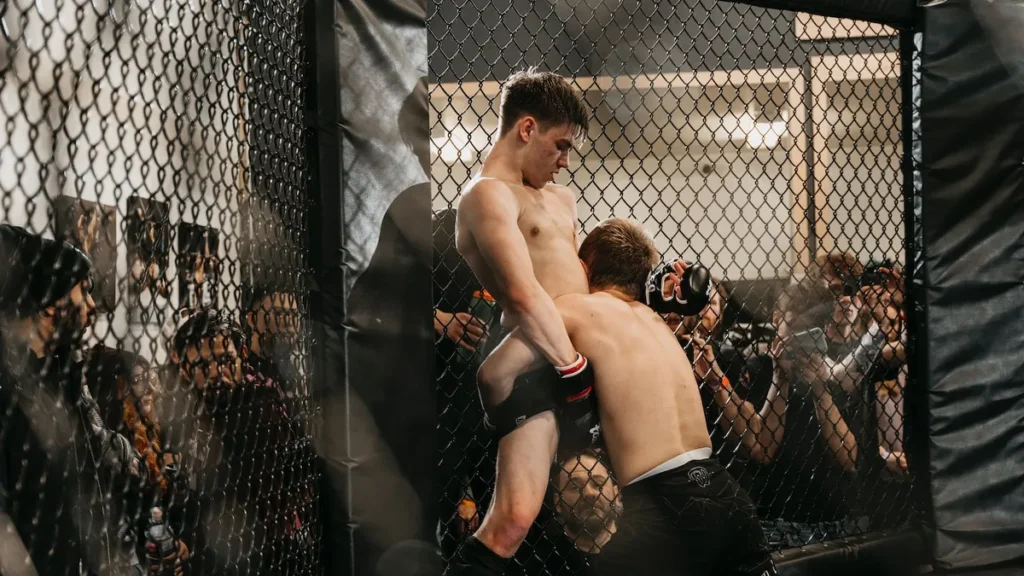
| Ranking Factor | Score |
|---|---|
| Realistic Training | ✱✱✱ |
| Sparring & Competition | ✱✱✱✱✱ |
| Mulitple Attackers | ✱✱✱ |
| Limiting Ruleset | ✱✱ |
| Complete Skillset | ✱✱✱✱ |
MMA Score
17/25
Technically MMA isn’t a martial art; it’s several martial art styles mixed together. Most MMA gyms focus on two or three styles, although professional fighters may train even more. The most common styles found in MMA schools are:
- BJJ
- Muay Thai
- Wrestling
- Boxing
Judo, Taekwondo, and karate are also often mixed to create a well-rounded skillset, which you can see in the UFC with fighters such as Ronda Rousey, Anthony Pettis, and Georges St-Pierre, respectively. MMA creates well-rounded figures able to win fights with their hand and feet while standing or with submissions and ground and pound when on the floor. MMA rules and protective gloves do restrict some more dangerous moves, however.
Muay Thai
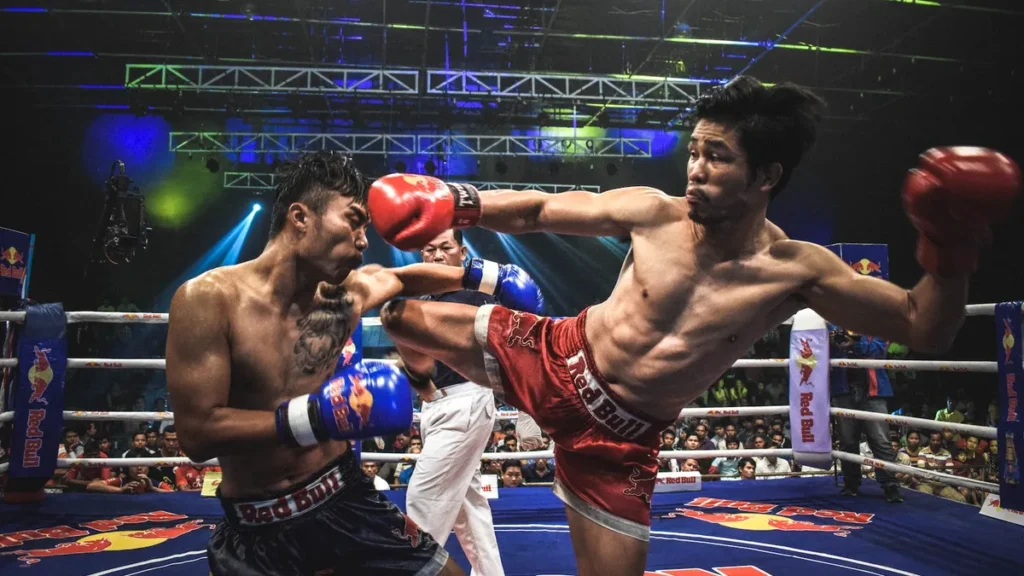
| Ranking Factor | Score |
|---|---|
| Realistic Training | ✱✱✱ |
| Sparring & Competition | ✱✱✱✱✱ |
| Mulitple Attackers | ✱✱✱ |
| Limiting Ruleset | ✱✱ |
| Complete Skillset | ✱✱✱ |
Muay Thai Score
16/25
Muay Thai is known for its lethal elbows, knees, and leg kicks, and some kick-ass Thai kickboxing movies too. The distinctive upright stance and light front foot make muay thai instantly recognizable, but can you use muay thai to defend yourself in a street fight? Let’s take a look.
On the feet, muay thai has all the tools you could want, both hands, strikes and kicks, plus knees and elbows, and even clinch techniques and some throws. In addition, the Muay Thai stance is stable and capable of evasive and defensive movement, even enough to move around multiple opponents or to run away when possible.
On the floor, however, it’s a different story. Anyone with basic BJJ skills could defeat a Thai kickboxer on the floor, but you must get him there first!
Sambo & Systema
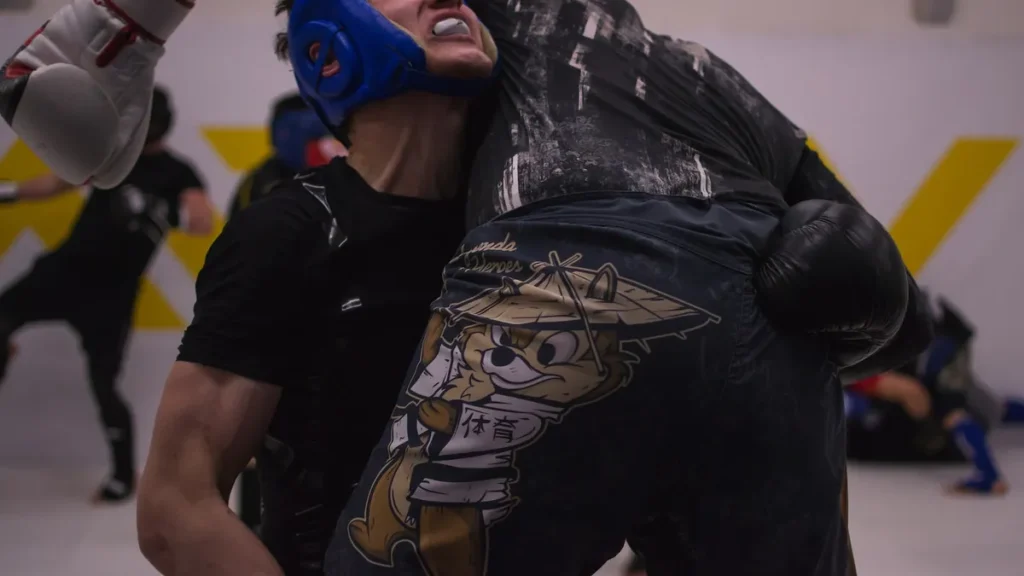
| Ranking Factor | Score |
|---|---|
| Realistic Training | ✱✱✱ |
| Sparring & Competition | ✱✱✱✱ |
| Mulitple Attackers | ✱ |
| Limiting Ruleset | ✱✱✱ |
| Complete Skillset | ✱✱ |
Sambo & Systema Score
13/25
Sambo is a Russian martial art developed during the Soviet era. There are different styles with vastly differing rulesets. However, combat sambo and sport sambo are the most common. Sport sambo is a form of wrestling that includes some submissions, similar to both Judo and jiu-jitsu.
Combat sambo is more of a Russian version of MMA, including strikes, kicks, and submissions. However, it has a less restrictive ruleset in many ways, due to some more dangerous techniques being legal, such as kicking a downed opponent in the head (soccer kick.)
Despite its growing popularity outside of Russia, Sambo is still not commonly found in the West, so competing in Sambo competitions is very limited.
Shaolin Kung Fu

| Ranking Factor | Score |
|---|---|
| Realistic Training | ✱✱ |
| Sparring & Competition | ✱✱✱ |
| Mulitple Attackers | ✱✱✱ |
| Limiting Ruleset | ✱✱✱ |
| Complete Skillset | ✱✱✱✱ |
Shaolin Kung Fu Score
15/25
If you’ve ever seen Buddhist monks in orange robes performing crazy kung fu stunts, you’ve witnessed Shaolin Kung Fu. With its roots in Henan, China, at the foot of Mount Song (Song Shan), Shaolin Kung Fu developed its balanced style of extreme external strength and agility with its internal meditative practices alongside Zen Buddhism.
Now, Shaolin is taught across the world with vastly differing methodologies. For example, in Dengfeng, the town surrounding the Shaolin Temple, it’s taught with a focus on traditional kung fu forms and Sanda kickboxing sparring. In this way, it retains the ancient teachings (or the spirit of Shaolin) while still being useful for combat sports and military/law enforcement (the end careers of most Shaolin graduates in China.)
Taekwondo

| Ranking Factor | Score |
|---|---|
| Realistic Training | ✱ |
| Sparring & Competition | ✱✱✱✱✱ |
| Mulitple Attackers | ✱✱✱ |
| Limiting Ruleset | ✱ |
| Complete Skillset | ✱ |
Taekwondo Score
11/25
Taekwondo is a Korean martial art that developed after world war 2. Rather than continuing to practice Japanese karate after having been occupied by Japan during WW2, the Koreans wanted a martial art that was their own. Tang Soo Do, and Taekwondo were the result. Both relied heavily on karate techniques and katas but focused on kicking techniques to differentiate themselves from the Japanese style. For example, earlier Korean martial arts, such as Taekkyon, were also leg-based, so this made sense.
Today Taekwondo is practiced widely and has been an Olympic sport since the Sydney Olympics in 2000, so competition is an integral part of Taekwondo. However, Taekwondo’s reliance on kicks as its primary form of attack leaves it ineffective in many self-defense or street fight situations. “Crowd the kicker” is a common strategy to deal with a taekwondo fighter; simply by getting close and throwing punches, a taekwondo proponent is left vulnerable because he can’t kick someone so close.
Tai Chi Chuan (Taiji or Taijiquan)
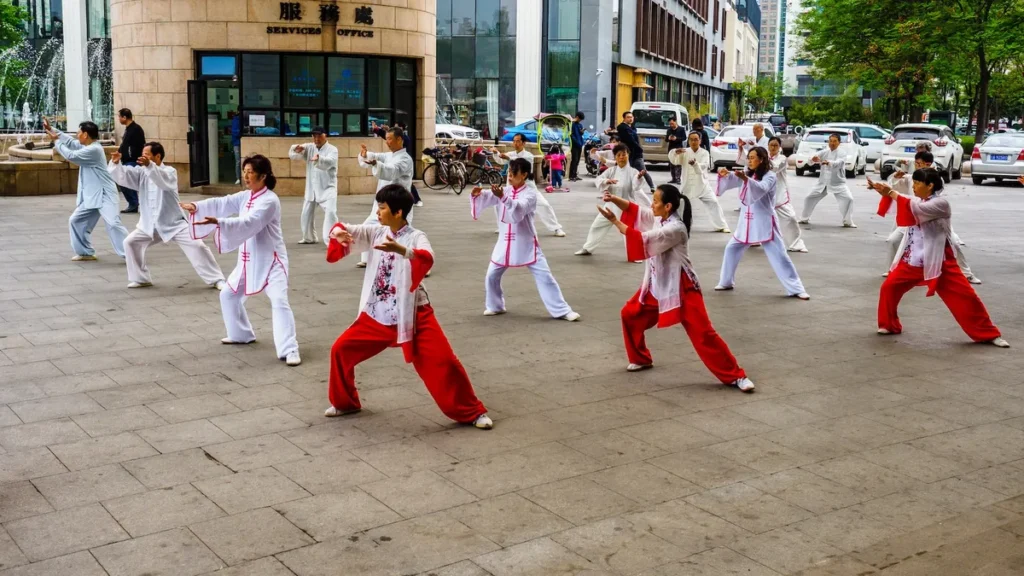
| Ranking Factor | Score |
|---|---|
| Realistic Training | ✱ |
| Sparring & Competition | ✱ |
| Mulitple Attackers | ✱ |
| Limiting Ruleset | ✱✱✱ |
| Complete Skillset | ✱✱ |
Tai Chi Score
8/25
You may not see tai chi as a martial art worthy of a place on any self-defense list but hear me out! Most forms of tai chi practiced in tai chi classes today are just health exercises, but some styles and schools still train martial applications and even sparring during class.
I studied Chen style in Beijing for many years and would always return home with bruises after class. This type of tai chi is a close-quarter fighting system, similar to wrestling, where most of the combat is done in the clinch. Throws, joint locks, and strikes are used to defeat the opponent. See Chen Ziqiang as an excellent example of tai chi combat in action. But tai chi has some apparent weaknesses, there’s no ground game, strikes are minimal, and competitions are sporadic.
Wing Chun

| Ranking Factor | Score |
|---|---|
| Realistic Training | ✱✱✱ |
| Sparring & Competition | ✱✱ |
| Mulitple Attackers | ✱✱✱ |
| Limiting Ruleset | ✱✱✱ |
| Complete Skillset | ✱✱✱ |
Wing Chun Score
14/25
Wing Chun is unique for being touted as one of the best martial arts for self-defense and one of the worst. So forget which side of the fence you come down on, and let’s look at the facts.
- Wing Chun is measured, balanced, and focused on hand techniques like boxing
- Wing Chun has no ground fighting system
- Chi Sao is often used in places of sparring
- Competition is not standard in Wing Chun
There you have it. Like boxing, you can use wing chun to defend yourself on the feet, but as the adage goes, “All fights end up on the ground.”
Wrestling
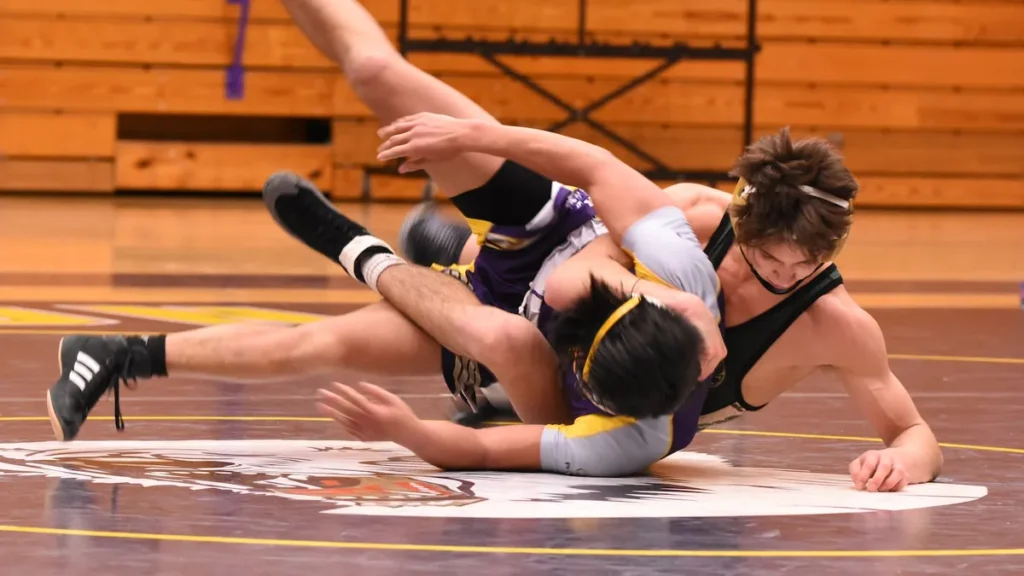
| Ranking Factor | Score |
|---|---|
| Realistic Training | ✱✱ |
| Sparring & Competition | ✱✱✱✱✱ |
| Mulitple Attackers | ✱✱ |
| Limiting Ruleset | ✱ |
| Complete Skillset | ✱ |
Wrestling Score
11/25
Wrestling is a vital part of any Mixed Martial Arts curriculum, but can it be used as self-defense on its own? Wrestling is the art of controlling a fight. Controlling the distance and where the battle takes place. For example, a wrestler decides if you stay on your feet or go to the ground.
With this control comes the ability to render an opponent useless. For example, if you train in Taekwondo, you can’t get any kicks off while someone has hold of you. Similarly, a jiu-jitsu fighter can’t submit you if he can’t get you to the ground. In these ways, wrestling is a practical martial art for self-defense. However, a quick fighter, or one with good movement, could avoid a wrestler and hit him from the outside with long kicks and punches.
Wu Shu
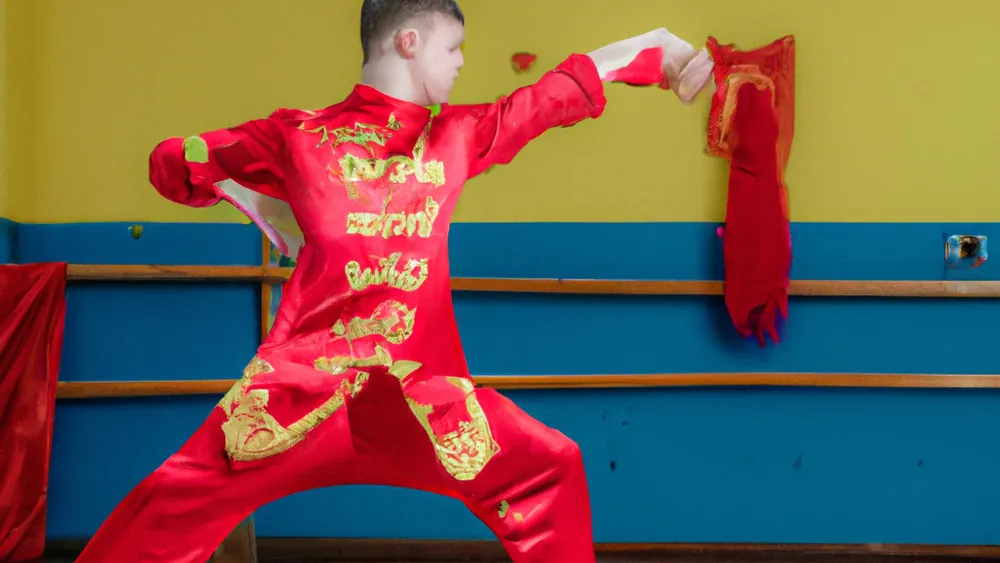
| Ranking Factor | Score |
|---|---|
| Realistic Training | ✱ |
| Sparring & Competition | ✱ |
| Mulitple Attackers | ✱ |
| Limiting Ruleset | ✱ |
| Complete Skillset | ✱ |
Wushu Score
5/25
In China, the name wushu is given to mean any martial art; it literally translates to “martial art,” but when we speak of Wu Shu in English, we’re referring to a particular style of kung fu developed for exhibition. This kung fu style includes many acrobatic movements, flips, spins, and weapons.
But wushu is not meant for use in combat. Instead, wushu competitions compare performance-related skills in the same way that gymnasts compete. Although wushu routines take inspiration from different kung fu and other martial arts styles, wushu athletes don’t spar, compete, practice applying the techniques, or put themselves in realistic combat situations, making it the worst martial art to learn for self-defense.
The Best Martial Art for Self Defense Is… The Final Rankings
| Martial Art | Rank | Score |
|---|---|---|
| Krav Maga | 1 | 20 |
| Mixed Martial Arts (MMA) | 2 | 17 |
| Escrima | 3 | 16 |
| Muay Thai | 3 | 16 |
| Boxing | 5 | 15 |
| Jeet Kune Do | 5 | 15 |
| Shaolin Kung Fu | 5 | 15 |
| Brazilian Jiu-Jitsu (BJJ) | 8 | 14 |
| Wing Chun Kung Fu | 8 | 14 |
| Judo | 10 | 13 |
| Karate | 10 | 13 |
| Kickboxing | 10 | 13 |
| Sambo | 10 | 13 |
| Taekwondo | 14 | 11 |
| Wrestling | 14 | 11 |
| Capoeira | 16 | 10 |
| Tai Chi | 17 | 8 |
| Aikido | 18 | 7 |
| Wushu | 19 | 5 |
Do you disagree with the final rankings? Do you study one of these martial arts and think it wasn’t fairly ranked? Let me know what you think and what you’re rankings would be for the best martial arts for self-defense.
Meet Gregory, a writer and the brains behind Face Dragons. He's the go-to guy for getting things done.
Gregory's been living the digital nomad life in Asia for as long as anyone can remember, helping clients smash their goals. He writes on topics like software, personal knowledge management (PKM), and personal development. When he's not writing, you'll catch him at the local MMA gym, nose buried in a book, or just chilling with the family.


